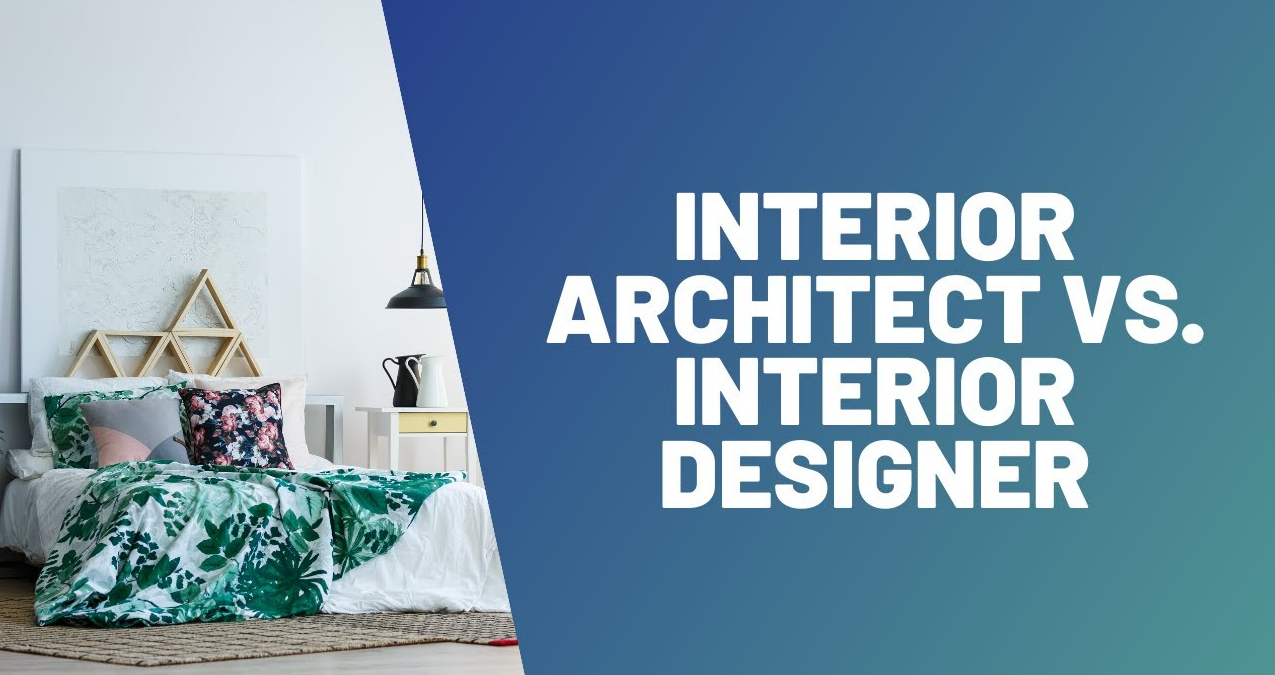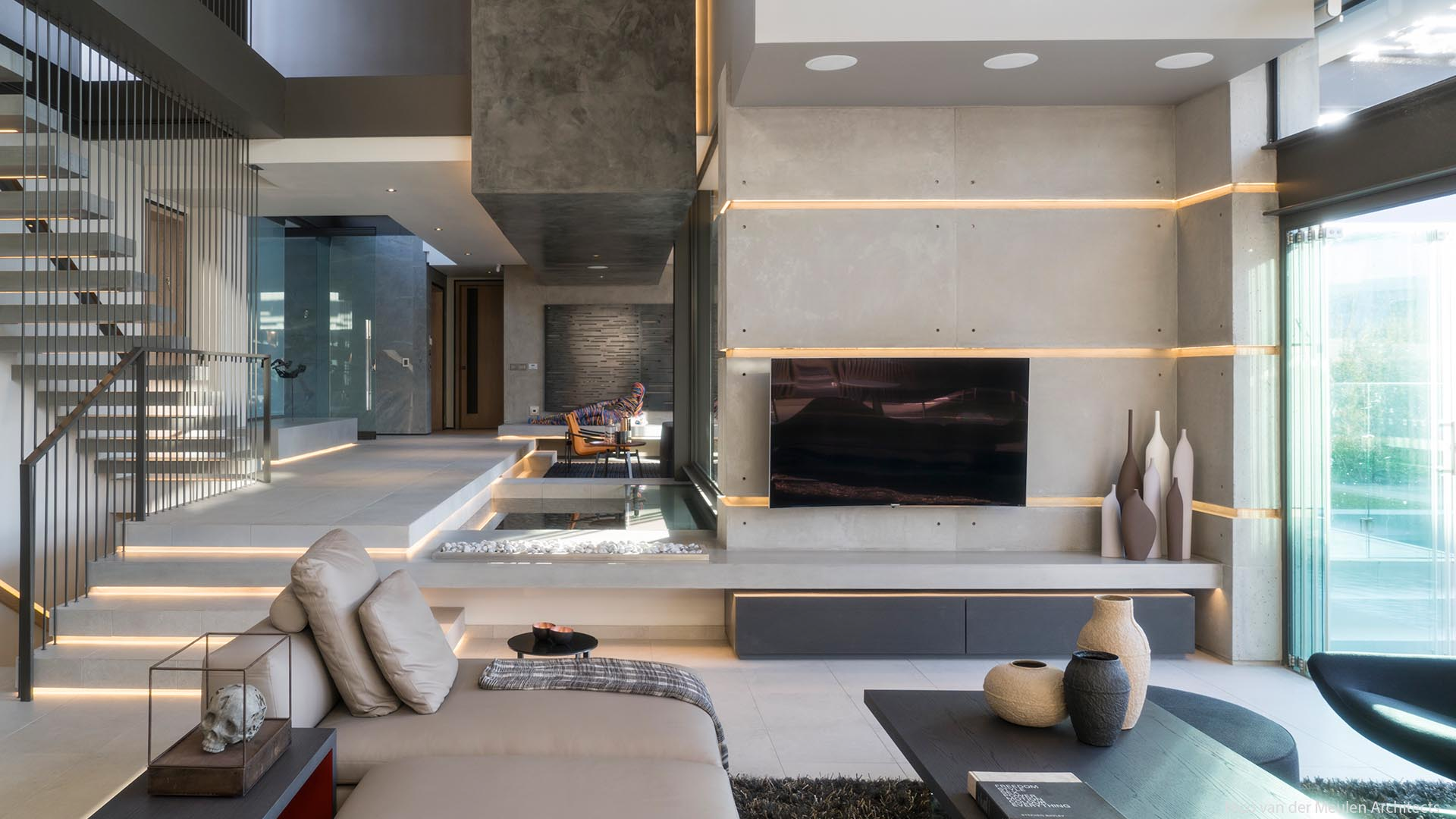Maximizing Aesthetic Appeal: The Synergy In Between Interior Design and Home Designer Methods
Understanding the subtle interplay in between interior decoration and home design can dramatically raise the aesthetic allure of a space. This marital relationship of design disciplines includes a thoughtful combination of building aspects with indoor layouts, and a skilled application of concepts such as balance, rhythm, and contrast. As we explore this synergy, we will certainly discover ways to develop visually striking and functional environments that not only reflect individual design, but additionally adapt to the vibrant requirements of contemporary living.
Understanding the Essentials: Specifying Interior Design and Home Architecture
Interior decoration and home architecture, frequently linked, stand for the visual and architectural aspects of our home. Interior Design is a multifaceted technique that entails developing functional, safe, and aesthetically pleasing areas inside a building. It includes aspects such as furniture plan, color control, and accessory option. On the other hand, home design primarily focuses on the solid framework of a building. It involves producing a practical and cosmetically pleasing structure that stands the test of time. It incorporates elements such as room planning, sustainability, and construction. Both fields need a deep understanding of human habits, society, and psychology. Each plays an important role fit our living environments, contributing to our general convenience, efficiency, and health and wellbeing.
The Synergy Clarified: Just How Interior Design and Home Design Intersect
Recognizing the synergy between interior decoration and home architecture can open a globe of creativity and capability. When reviewing this junction, the influence of design on insides is a vital aspect to take into consideration. This conversation will certainly focus on the unifying design concepts that mix these 2 fields right into a harmonious whole
Unifying Design Principles
While it may appear that interior design and home design are two distinctive disciplines, they are really deeply interconnected, forming a harmony that is essential for creating harmonious living areas. Unifying style concepts are the pillars that facilitate this synergy. In significance, these concepts serve as the bridge, joining indoor design and architectural methods.
Architectural Impact on Interiors
When one considers the building influence on insides,The intertwining of indoor style and design comes to be even much more evident. Architectural components are innate to a room's capability and visual appeals, shaping the design from the onset. Columns, stairs, arches or beams, for instance, serve both structural and decorative functions. They can divide rooms, produce prime focus or imbue a space with a particular vibe. Consideration of appearance, light, and percentage additionally originate from architectural impacts. Inevitably, design mold and mildews the canvas whereupon indoor developers work. Their harmony is thus obvious: architecture develops the structure, which interior decoration boosts with structure, shade, and design. This symbiotic connection ensures a harmonious equilibrium between feature and charm, maximizing the aesthetic charm of any area.
Secret Principles in Harmonizing Interior Design and Home Design
Striking an equilibrium in between functionality and looks is a basic aspect of harmonizing interior layout and home design. A similarly essential concept is the integration of lasting layout to produce environment-friendly and energy-efficient homes. Understanding and exploring different architectural styles can also play a crucial duty in accomplishing an unified design. Luxury home architect.

Stabilizing Capability and Looks
Stabilizing performance and aesthetic appeals in indoor layout and home design arises as one of the paramount principles to think about. This delicate equilibrium requires a precise blend of functionality and appeal, intending to develop spaces that are not just visually pleasing yet also serve their desired function efficiently. Aesthetics boosts the mood and affects the assumption of space, whereas functionality makes sure use and convenience. Secret to this equilibrium is a thoughtful option of components such as structure, color, and lighting, which must match each other while offering their individual roles. Equally essential is the efficient arrangement of the space, with a tactical format adding significantly to the harmony in between performance and aesthetics. This unified mix eventually improves the quality of life for the occupants.
Sustainable Style Integration
In keeping the balance between performance and aesthetic appeals, one must More about the author additionally consider the assimilation of lasting design concepts. This approach not just boosts the aesthetic allure of a room however likewise guarantees its longevity and minimized ecological impact. The vital lies in selecting materials that are eco-friendly, durable, and appealing. This includes all-natural, recycled, or low-impact products that add to a much healthier and more lasting globe. Designers and designers can additionally integrate energy-efficient systems, such as energy-saving home appliances or solar panels. Ensuring good interior air quality with enough natural lights and ventilation is essential. Consequently, a harmonious fusion of interior decoration and home design, led by sustainability, can develop spaces that are lovely, useful, and environmentally friendly.
Exploring Architectural Designs
While there are a plethora of building styles to explore, it is essential to recognize that each one carries its one-of-a-kind concepts that can considerably influence the harmonization of interior decoration and home style. These styles, varying from the elaborate Baroque to the minimalist Modernist, lug unique philosophies and appearances that, when effectively comprehended and utilized, can produce homes that are not only aesthetically spectacular yet likewise harmoniously incorporated in terms of layout and design. Selecting a building style is not simply about individual visual preference; it has to do with selecting a layout language that speaks to the homeowner's way of life, viewpoint, and desires, creating a home that is a real reflection of its citizens.
Case Researches: Extraordinary Examples of Layout and Design Synergy
Looking into some outstanding instance research studies supplies a profound understanding of how style and design can harmoniously merge to produce engaging and functional rooms. The famous Fallingwater residence, designed by Frank Lloyd Wright, exceptionally shows this harmony. Wright's layout masterfully integrates your home with its surrounding landscape, while the indoor mirrors the outside's natural kinds. Another example is the minimalistic Tadao Ando's Church of Light in Japan. The designer accomplished an excellent equilibrium in between simplicity and drama, using raw concrete and light. Internally, the stark, very little style produces a feeling of peace and spiritual contemplation. These examples illustrate the significance of synergy between interior style and style in attaining useful and visual success.
Practical Tips: Enhancing Your Home's Aesthetic Allure
Attracting motivation from the situation research studies of architectural and design synergy, property owners too can implement some practical techniques to improve their home's aesthetic charm. A harmonious mix of shades, appearances, and lights can boost a room, creating a cozy and inviting environment. Selecting furniture that matches the architectural elements of the house can promote a sense of unity. Wall art and style pieces can include character, reflecting individual style and go right here preference. Incorporating plant, either through interior plants or views to the outdoors, can bring an aspect of nature, delivering a soothing effect. Creative use mirrors can open a space, providing an impression of a larger location. Ultimately, the visual appeal exists in stabilizing performance with layout, creating a home that is both gorgeous and comfortable.

Future Fads: Just How Modern Techniques Are Transforming Interior Design and Architecture
As the globe develops, so do the fads in interior style and style. Modern strategies are progressively focusing on sustainability, integrating energy-efficient layouts and eco-friendly materials. These patterns show a change in the direction of layouts that are not simply aesthetically pleasing, however likewise eco aware, technologically check out here advanced, and adaptable to changing lifestyles.
Conclusion
In conclusion, the integration of indoor layout and home style strategies is a vibrant technique to improving aesthetic charm. By leveraging key concepts like equilibrium, rhythm, and comparison, and including components of contemporary living, designers can develop flexible, visually pleasing settings. With comprehending this synergy, home owners can make educated decisions that not just elevate their living spaces yet likewise contribute to their total wellness.
Understanding the refined interplay in between interior layout and home architecture can significantly raise the aesthetic charm of a living space.Indoor design and home design, commonly intertwined, stand for the aesthetic and architectural facets of our living spaces.While it might seem that indoor layout and home design are 2 distinct techniques, they are really deeply interconnected, creating a synergy that is crucial for producing unified living spaces.The intertwining of indoor design and design becomes even extra evident when one considers the building impact on interiors. An unified fusion of indoor design and home design, guided by sustainability, can produce rooms that are stunning, useful, and environmentally pleasant.